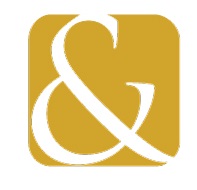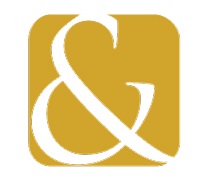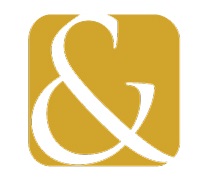If you have been injured by someone else, you may be entitled to compensation for personal injury. This is compensation for the damage you suffered. Personal injury compensation can be claimed when you have been injured after a traffic accident or industrial accident, due to a medical error, or due to another accident in which someone else was at fault. The calculation of the damage is complex because it consists of several components. An important loss item is, for example, the loss of earning capacity. This is the damage that a victim suffers or has suffered due to lost income as a result of incapacity for work. Another important item of damage is the compensation. This is compensation for the reduction in joy in life and the pain that a victim has suffered. Many victims do not know what to do in case of personal injury. With this article we want to inform victims about the personal injury process in general and our working method in particular. The step-by-step plan below only provides a brief overview of how the settlement of a personal injury case can proceed. Every file is different and the steps can differ greatly in practice per case.
Step 1: Register your business
You can register your case via our website, by telephone or by e-mail. After your report of personal injury, we will contact you as soon as possible. In general, after the first contact, we will schedule an appointment for a personal introduction and to discuss the accident and its consequences with you. We work throughout the Netherlands and can also visit you at home if desired.
Step 2: Discuss your case
All our lawyers and jurists are specialized in handling personal injury cases. We only work for victims and can therefore better represent your interests. During the intake interview we discuss what happened and we make an assessment of your chances of success in claiming compensation. During the intake interview, an initial inventory will also be made of your injury and the (possible) damage items.
Step 3: The liability statement
During the intake interview, you authorize us to represent your interests. We will send a notice of liability to your other party on your behalf. The other party then usually forwards the notice of liability to its insurer. In most cases, the other party’s insurer will also handle your claim.
Step 4: Calculation of your damage
The response times of insurers are often long. That is why we usually prepare a first damage report. A damage statement is an overview of your damage items. In this way we can often inform the insurer at an early stage about your personal situation, in particular your injury and your claims. As soon as liability has subsequently been acknowledged, the personal injury process can be started immediately.
Step 5: Substantiate damage items
In order to be able to claim your damage as well as possible, we will work with you at an early stage to substantiate your damage. The insurer will ask for proof of the damage suffered by you. For example, the insurer will ask for the invoices from the physiotherapist and the deductible from your health insurer, but also for your income data prior to the accident in order to clarify your loss of income. Naturally, we will help you with that. We will discuss with you which damage items there are and what evidence is required to substantiate those damage items.
Step 6: Request medical file
The insurer will also want to know what your injury consists of. The insurer is entitled to this information. To substantiate your injury, we will request your medical file from your medical practitioners. We will then send this file to the insurer’s medical advisor so that he can assess what your complaints consist of.
Step 7: Advance on the compensation
If the liability has been recognized by the insurer, we always immediately ask for an advance on your compensation. We try to do this at the earliest possible stage. That is also the reason why we map out your damage at an early stage. The insurer will then be more inclined to pay an advance.
Step 8: Monitor course
During the entire claim process, the damage suffered by you is continuously mapped out. Where necessary, we will regularly request the insurer to pay an advance on your compensation. We will also regularly request course information from your medical practitioners so that the insurer remains informed of your complaints and limitations.
Step 9: Claim settlement
If there is a final medical condition or a stable situation has been reached, the damage can be definitively determined. This may concern damage over the past period, but also damage in the future. The compensation can also be determined at that time. We do our utmost to ensure that the compensation for the damage suffered by you is maximum.
Step 10: Settlement Agreement
If there is agreement on the final payment and the further terms of the arrangement, your file can be completed. This is laid down in a settlement agreement, after which the amount of the claim can be transferred to you. Usually a tax guarantee is issued by the insurer. This includes that if the Tax and Customs Administration levies tax on the compensation, the insurer will pay this.
Why Arslan & Arslan?
Professionals work for insurers: usually well-trained persons who are used to handling personal injury cases. However, victims are often not aware of their rights and obligations during a personal injury case. That’s an unequal battle. It is not for nothing that you have the option of engaging a lawyer yourself. Moreover, the law also states that all reasonable costs of your lawyer must be reimbursed by the insurer. The legal assistance of a lawyer or lawyer therefore costs you nothing! Our lawyers and jurists have been thoroughly trained and have years of experience in settling personal injury cases. This means that you are assured of good guidance during the handling of your personal injury case.








